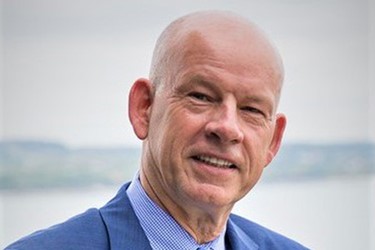A Strategy to Drive Down Therapy Costs: Manufacturing Improvements
By Erin Harris, Editor-In-Chief, Cell & Gene
Follow Me On Twitter @ErinHarris_1

Cell and gene therapies represent an important scientific and medical advancement for patients suffering from a variety of serious disorders. Products including Kymriah, Yescarta, and Luxturna have been launched, and many others are advancing to late stage development. With this progress, payers, government agencies, manufacturers, and other stakeholders are focusing on the development of workable pricing models to support these therapies. Prices for these products represent the value that the therapies bring to patients and to healthcare systems over time and help to drive further innovation across the sector — and that includes innovation in manufacturing. Indeed, earlier this year at World Advanced Therapies & Regenerative Medicine (WATRM) Congress in London, it was predicted that manufacturing will be a major future differentiator between therapy companies, since phases of development for these therapies are so rapid that companies must consider it from the beginning of development if they are to be prepared in time for commercialization. Special designations granted by the FDA for therapies allow manufacturers to pursue condensed pathways to market.
I spoke to Dr. Paul Lammers, MD, MSc, president, CEO, and Director of Triumvira Immunologics about the therapy pricing and manufacturing’s role in it. Dr. Lammers explains that the advent of T-cell therapies is providing hope for a potential curative treatment for patients facing life-threatening diseases such as leukemias and lymphomas. “However, the current price tags for these therapies (Novartis’ Kymriah $475,000, and Kite Pharma/Gilead’s Yescarta $ 373,000, per treatment, respectively) coupled with increased use and variable response rates, begs the question: what strategies might be followed to reduce these costs and allow broader patient access to these promising therapies?”
One strategy employs the development of allogeneic (“off-the-shelf”) instead of autologous T-cell therapies made specifically for each patient and taking more than three weeks of lab work to make. An allogeneic approach could therefore reduce manufacturing and processing costs.
Another strategy would focus on the full automation of T-cell therapy production to minimize cost by reducing the necessary footprint in manufacturing facilities. Dr. Lammers explains that increased manufacturing capacity will drive down costs. “There is a strong movement in the T-cell manufacturing world to move towards the use of fully automated systems, (i.e. you put the patient’s leukaphoresis material in, and 10-14 days later, the finished CAR-T or TAC-T cells are ready to be re-infused into the patient),” says Dr. Lammers. “Then, you insert a new cartridge, and the system is ready to process the next patient’s materials. These systems are small, about the size of a small microwave and can be stacked, so the actual footprint needed would be far smaller than the current process used.”
From managing labor costs and reducing capital outlay to eliminating idle capacity concerns, innovations in manufacturing, particularly where partnership with CMOs is concerned, may directly impact long-term viability and sustainability of the therapy as a commercialized product.
